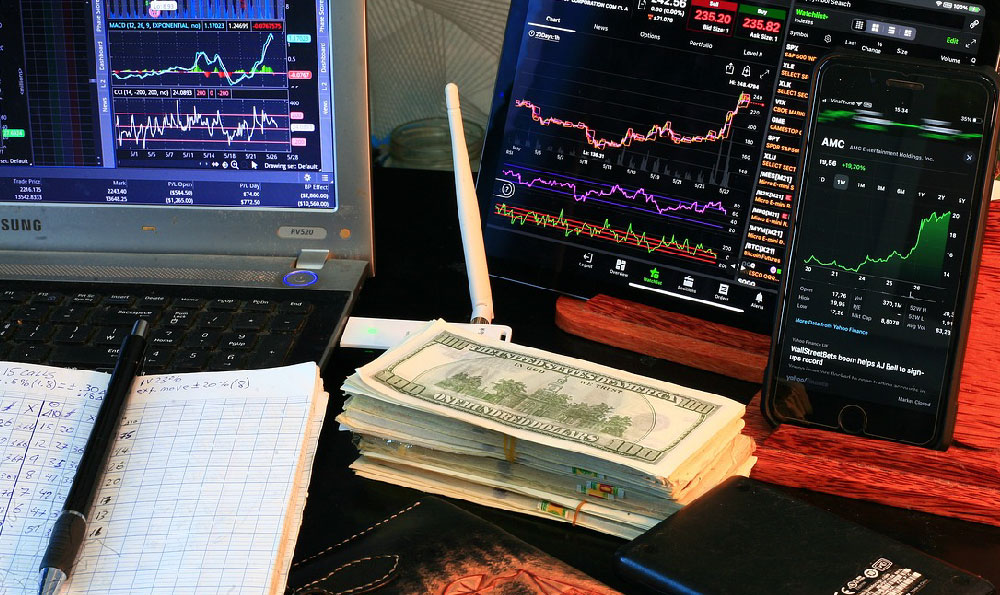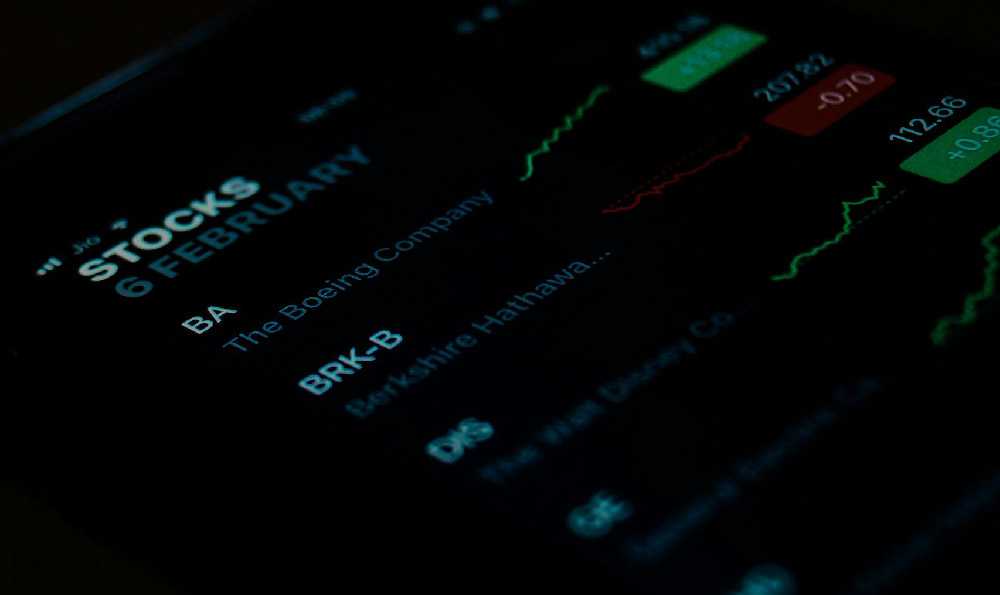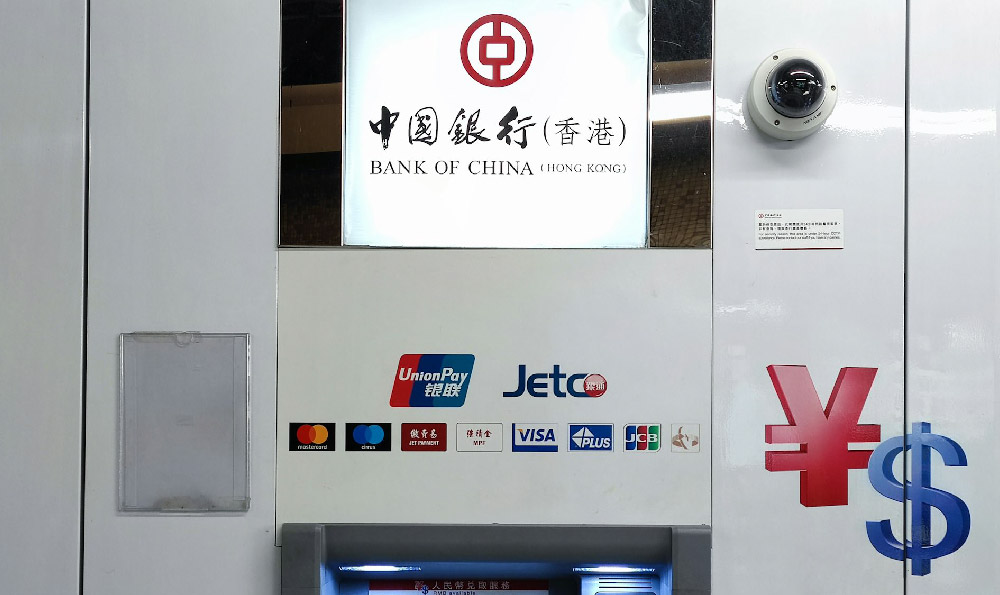Money's role as a universal medium of exchange has transcended its physical form, evolving into a complex system of value creation and preservation that influences economies, individual wealth, and global markets. Understanding the factors that drive money's value is essential for anyone seeking to navigate financial decisions with clarity. Historically, the intrinsic worth of currency was tied to tangible assets such as gold or silver, but modern systems rely on a combination of economic forces, institutional frameworks, and market dynamics. These elements shape how money functions, how its value fluctuates, and how individuals and organizations can optimize its utility.
At its core, money's value arises from the demand for it within an economy. A currency that is widely accepted for transactions tends to retain its purchasing power, as its scarcity and utility determine its worth. This demand is often driven by the stability of the issuing authority, the strength of the economy, and the trust people place in the currency's ability to maintain value over time. For example, central banks implement monetary policies that regulate supply, adjust interest rates, and manage inflation, all of which directly impact the value of a currency. The interplay between these macroeconomic factors creates the foundation for money's effectiveness as a store of value and a unit of account.
The concept of value extends beyond mere exchangeability. Money acts as a bridge between present and future, enabling individuals to defer consumption and plan for long-term goals. This temporal aspect is influenced by interest rates, which reflect the cost of holding money over time and the opportunity cost of alternative investments. When interest rates rise, the value of holding cash increases due to higher returns on savings and debt instruments, but this also signals economic growth, which can affect inflation and asset prices. Conversely, low interest rates often stimulate spending and investment, reducing the immediate value of cash while encouraging the growth of stocks, real estate, and other asset classes.

Innovation has played a significant role in reshaping money's value. The advent of digital currencies, decentralized finance, and blockchain technology has introduced new dimensions to how money is created, stored, and transferred. These advancements challenge traditional models of central banking and fractional reserve systems, offering alternative mechanisms for value generation. For instance, cryptocurrency relies on algorithms and cryptographic techniques to establish scarcity and security, effectively creating a new value framework. While these innovations disrupt existing paradigms, they also require careful evaluation of risks, including volatility, regulatory uncertainty, and market adoption rates.
Globalization has further complicated the factors driving money's value. Exchange rates, trade balances, and geopolitical events all influence a currency's perceived strength and stability. A country's economic policies, such as fiscal stimulus or trade restrictions, can have ripple effects on its currency's value, making it a subject of constant analysis for investors and policymakers. Additionally, the resilience of a currency is often tied to the health of its financial institutions, the depth of its capital markets, and the transparency of its economic data. These interconnected variables create a web of dependencies that affect both individual and collective financial outcomes.
The relationship between money and risk is another crucial driver of its value. In uncertain economic climates, individuals may prefer safe assets such as government bonds or high-yield savings accounts, which offer predictable returns and minimal volatility. This risk aversion can lead to higher demand for such assets, increasing their value while reducing the appeal of riskier investments. Conversely, periods of economic growth often see investors allocate capital to equities, real estate, and venture-backed projects, seeking higher returns despite increased volatility. Managing risk effectively requires a nuanced understanding of how market forces, economic indicators, and personal financial goals interact.
Ultimately, money's value is not static but dynamic, shaped by a convergence of factors that evolve with time. For individuals, recognizing these drivers allows for more informed financial decisions, whether it involves saving, investing, or spending. For institutions, understanding the forces behind money's value is critical for designing sustainable economic policies and financial systems. As the world continues to shift toward digital currencies, decentralized finance, and algorithmic trading, the traditional drivers of money's value will likely be supplemented by new paradigms of creation, distribution, and preservation. The challenge lies in adapting to these changes while maintaining a balance between growth, stability, and risk. In a rapidly changing economic landscape, the ability to discern the drivers of money's value is the cornerstone of financial mastery.












